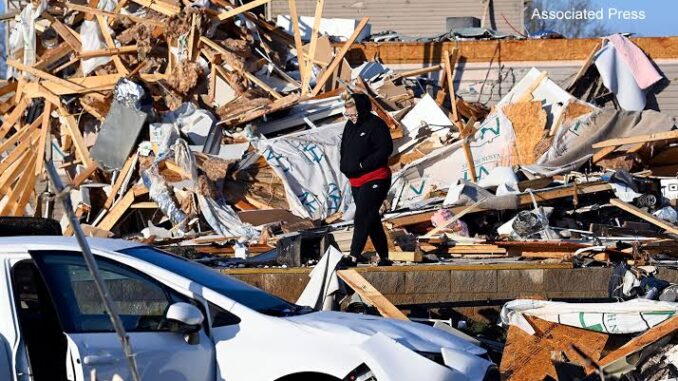
When disaster hits, a quick and coordinated response is needed, and that requires data to assess the nature of the damage, the scale of response needed, and to plan safe evacuations. From the ground, this data collection can take days or weeks, but a team of UConn researchers has found a way to drastically cut the lag time for these assessments using remote sensing data and machine learning, bringing disturbance assessment closer to near real-time (NRT) monitoring. Their findings are published in Remote Sensing of Environment.
Su Ye, a post-doctoral researcher in UConn’s Global Environmental Remote Sensing Laboratory (GERS) and the paper’s first author, says he was inspired by methods used by biomedical researchers to study the earliest symptoms of infections.
“It’s a very intuitive idea,” says Ye. “For example, with COVID, the early symptoms can be very subtle, and you cannot tell it’s COVID until several weeks later when the symptoms become severe and then they confirm infection.”
Ye explains this method is called retrospective chart review (RCR) and it is especially helpful in learning more about infections that have a long latency period between initial exposure to the development of obvious infection.
Leave a Reply